Now that we have learned a bit about why games support our academic needs, let’s talk about the best ways to turn games into valuable language therapy materials.
Yes, games come in boxes and line our shelves but we need to reach back into the memories of our childhood and reintroduce ourselves to the games we played in and around our neighborhood. We also need to open our minds forward and think of all the possibilities that apps and websites could afford us. If it matches the narrative structure of a book, it is “fair game.”
This essay is to a follow-up to last week’s post: Justifying Language Therapy Games with Literacy
 Types of Games:
Types of Games:
Board Games
We all have our favorites. Think of yours. No, truly think of yours. Monopoly is a cumulative story where you are a realty investor and you travel around accumulating wealth. So is Sorry! Winners accumulate. Trivial Pursuit is both a cumulative and question and answer game.
Scavenger Hunt – Searches
Tag, 7-Steps Around the House, Marco Polo, Oh Captain My Captain, Capture the Flag. If there was a reason I was getting grounded in the summer when I was young, chances are I didn’t come home when I was in the middle of a scavenger hunt -search game. Leaving the game would have been against the law, basically, or so I told my mom. There are books like Going on a Bear Hunt or Are You My Mother? which can be reenacted with 10 stick-figure drawings and a trip around your school yard.
 Imitation and Follow Directions Games
Imitation and Follow Directions Games
I was teaching my students Go-Go-Stop when a passerby asked, “Are you from up north?” When I said I was, she said: “It’s called Red-Light Green-Light down here.” My student immediately knew what to do. Statues and Simon Says are both imitation games. You can get your students out of their chairs with books like Mr. Brown Can Moo, Can You? or From Head to Toe and move your way through the plot.
Patty-Cake Type Games
I don’t know if this is an actual genre of games, perhaps I made it up. But that is kind of the point of clapping/rhythm games, you make them up. Beat on the table, clap, work with partners, or make up a pattern by taping on your body. Middle schoolers often know hand-clap series that go with jump-ropeish (second made up word!) songs that boggle the mind. There is something about creating the beats that also generates loud responses as students really get into it and compete with the noise. This, folks, is also brain-based learning and engagement. Check out the book: Anna Banana: 101 Jump Rope Rhymes.
 Bingo
Bingo
Bingo is in a class of its own and is the black pepper of games. You can throw it into anything you are cooking up. Reading Bear on a Bike? Transportation Bingo. Brown Bear? Animal Bingo. Hungry Caterpillar? Food Bingo. If you do not know where to start or are short on time, start with Bingo.
Games are Stories – Stories are Games
When making language therapy materials out of games we need to blur the lines between games and stories. They are the same! Narratives are powerful at linking together tons of details. Think about all the kids participating in extremely complex online universes. There would be no way to remember all the places, characters, powers, etc. without the story and its narrative glue. Now, we are going to reverse engineer the process.
We are going to turn the paradigm on its head and use the game to teach the narrative.
Your job is to:
- Choose a book you love
- Identify what narrative structure it has
- Map the story onto a game that has the same structure (see prior post)
How to Make Language Therapy Materials out of Games
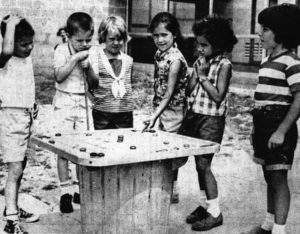
The bright people that make games don’t think like speech-language pathologists. This means we have to make games from scratch. Here are some powerful time- and effort-saving tips:
- Use manila folders for physical games. They are easy to carry and to store. They can be laminated. The kids can make their own.
- Make it once for your favorite book and create a box/folder/binder of everything related to that book. We have a library of binders in our office. Each binder has the blank templates from the previous section, the books in a pouch, everything related to the book and a game or two. We have a checkout system where we have a list of all of our literacy-kits and everyone has a clothespin with their name on it to mark what kit they have out.
- Have your students make their own games! Now that’s learning.
- Have your older students make your games at the end of each book. They LOVE it and you have incredible keepsakes.

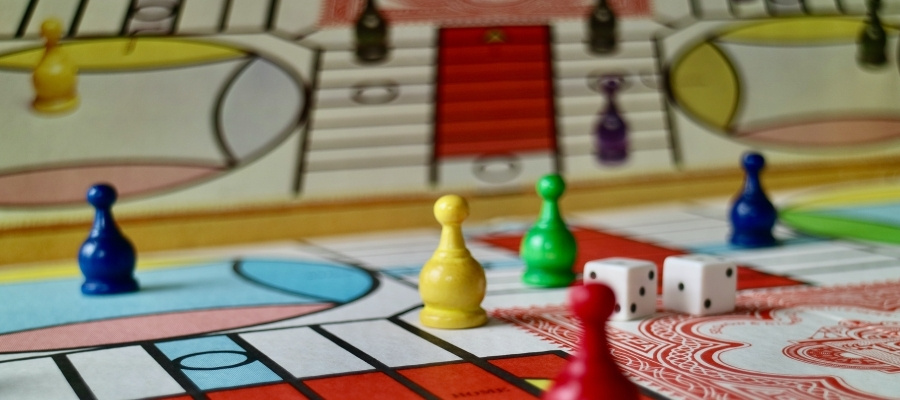
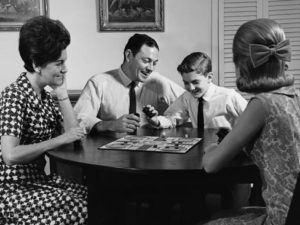 Types of Games:
Types of Games: Imitation and Follow Directions Games
Imitation and Follow Directions Games Bingo
Bingo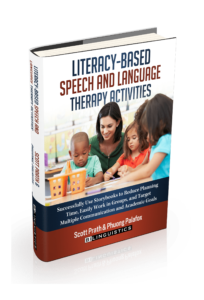


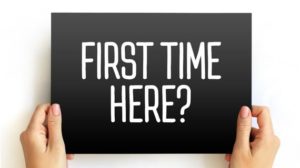

I just received your new book in the mail yesterday. I was very excited for specific examples of games but I don’t see any true examples in the book. On page 155 and 156 you give an “example” of a game for Where the Wild Things Are. The blank board game is on page 156 but what do you do with this? You do not show up an example of how you use this board.
I am a little disappointed in your “pre-reading” activities section. It is a pretty weak section with not much new information. There are so many pre-reading activities that you could have listed here.
I have not read the during and after reading section yet. Hopefully I find these to be more useful.
Hi Amy,
Thank you for taking the time to provide us this important feedback. Our goal is to create great resources to support our SLPs and your words will help us better describe the game section in the future. Let me try to do a better job here. The Games Section (p151-190)is 40 pages designed to show SLPs how to adapt any book to create an educational game based on the style of story being told:
Game Template for WH-questions pg. 112
How to Make Games General pg. 154
Chain or Circular Story Games pg. 156
Cumulative Story Games pg. 160
Familiar Sequence Story Games pg. 165
Pattern Story Games pg. 169
Question and Answer Story Games pg. 174
Repetition of Phrase Story Games pg. 178
Rhyme Story Games and Activities pg. 182
Song Story Games pg. 186
We began making an exhaustive list of games-per-book that we shared in live workshops but ultimately there are so many books and SLPs shared that they wanted to pick the book and wanted to know which direction to move in. So in each of the sections above, we listed the most popular books per genre and described the general process.
We agree with you, Amy. Pre-reading activities are valuable for our students and clients, and we would love to hear about your pre-reading interventions. We meet SLPs globally, and we are always learning new and innovative strategies others are using. We are surely better together, and we look forward to learning about your pre-reading strategies. Thank you for your feedback. We will work harder to ensure that our resources support the needs of speech-language pathologists.
Take care,
The Bilinguistics Team